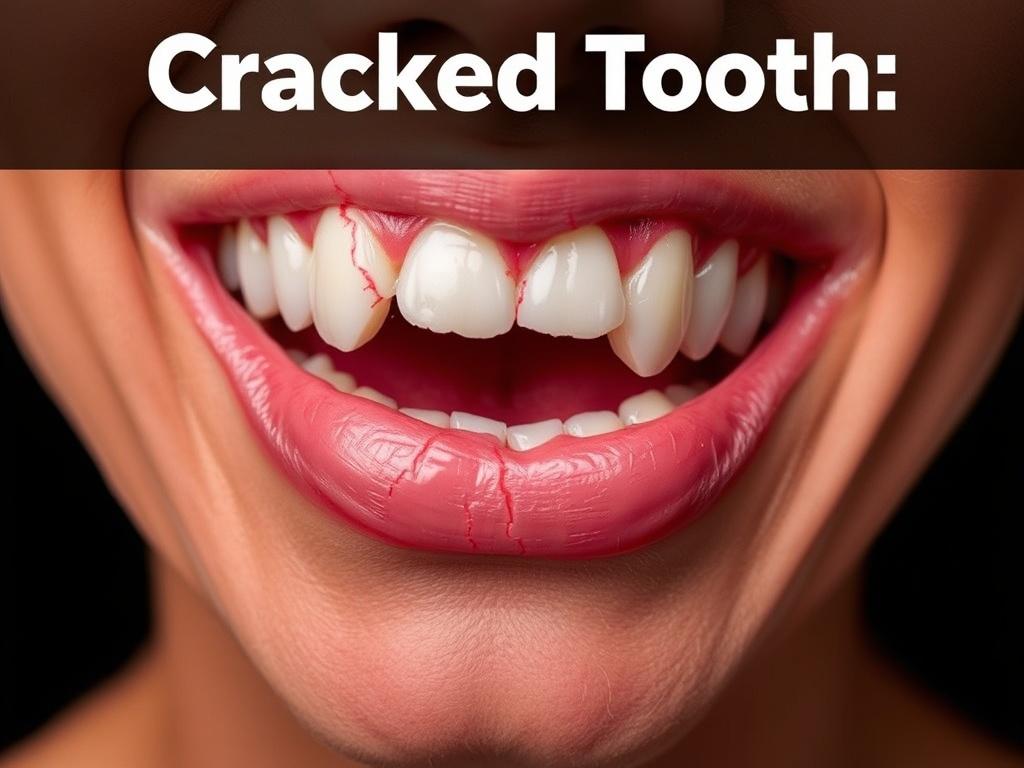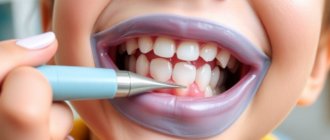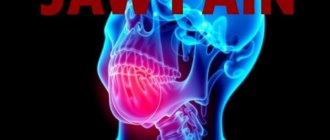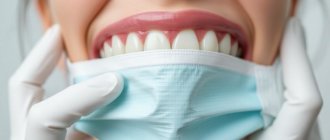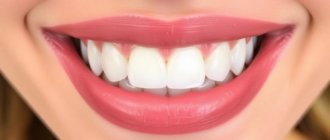A cracked tooth can be one of the most unexpected and painful dental issues you might face. Whether you accidentally bite down on hard food, sustain an injury, or develop cracks from daily wear and tear, knowing the correct emergency steps to take can make all the difference. A cracked tooth might start as a minor inconvenience but can quickly worsen without proper care, leading to infections or even tooth loss. This article will guide you, in a simple and engaging way, through everything you need to know about a cracked tooth emergency—how to recognize the signs, immediate first aid steps, and critical actions to ensure your tooth is saved.
Содержание
- 1 What Is a Cracked Tooth and Why Does It Matter?
- 2 Recognizing a Cracked Tooth: Symptoms to Watch For
- 3 Emergency Steps to Take When You Have a Cracked Tooth
- 4 When to Seek Emergency Dental Care
- 5 Common Causes of a Cracked Tooth
- 6 Understanding the Different Types of Tooth Cracks
- 7 Preventive Measures to Protect Your Teeth From Cracks
- 8 Treatment Options for a Cracked Tooth
- 9 How to Communicate Your Emergency to a Dentist
- 10 Managing Pain While Waiting for Dental Care
- 11 FAQs About Cracked Tooth Emergencies
- 12 The Role of Immediate Home Care in Saving a Cracked Tooth
- 13 Wrapping It Up: Why Taking Quick Action Matters
What Is a Cracked Tooth and Why Does It Matter?
A cracked tooth is exactly what it sounds like—a break or fracture in the hard outer shell of your tooth. The severity can vary widely, from tiny cracks that are barely visible to deep fissures that extend into the pulp, the soft center where nerves and blood vessels reside. Understanding the difference helps you gauge how urgent your situation is.
Sometimes, a cracked tooth causes sharp pain, especially when chewing or drinking hot or cold liquids. Other times, there might be no pain at all, which makes it tricky to spot until damage worsens. Ignoring a cracked tooth can let bacteria sneak into the tooth’s layers, causing infections or abscesses that require root canals or even extraction.
Recognizing a Cracked Tooth: Symptoms to Watch For
Knowing the symptoms is crucial for deciding when to seek emergency dental care. Here are common signs that might indicate you have a cracked tooth:
- Sensitivity to sweet, hot, or cold drinks and foods
- Pain when biting down or chewing
- Intermittent sharp pain that comes and goes
- Swelling around the affected tooth or gum area
- Visible lines or cracks in the tooth enamel
- A loose tooth or discomfort when touching the tooth
If you notice one or more of these symptoms after an injury or a biting incident, it’s time to begin emergency steps immediately.
Emergency Steps to Take When You Have a Cracked Tooth
When faced with a cracked tooth, acting quickly and calmly is essential. Your first moves can significantly influence the tooth’s prognosis. Here’s how to handle this dental emergency:
1. Rinse Your Mouth Gently
The very first thing to do is rinse your mouth with warm water. This clears out any debris or blood and helps you assess the damage carefully. Avoid using very hot or cold water, as the temperature might trigger sensitivity or pain.
2. Control Any Bleeding
If you notice bleeding around the cracked tooth or gums, gently apply pressure with a clean piece of gauze or cloth. Maintain the pressure for about 10 to 15 minutes or until the bleeding stops. If the bleeding is severe or doesn’t subside, seek emergency dental care immediately.
3. Relieve Pain and Reduce Swelling
Over-the-counter pain relief medications like ibuprofen or acetaminophen can help manage pain and inflammation. Avoid aspirin if you have bleeding, as it can thin the blood and worsen bleeding. Applying a cold compress on the outside of your cheek near the affected tooth can also reduce swelling and numb the pain.
4. Avoid Chewing on the Damaged Side
Do not chew food on the side of the cracked tooth to prevent further damage. Stick to soft foods and liquids until you get professional dental treatment. This minimizes stress on the fractured tooth.
5. Protect the Tooth Temporarily
If a piece of your tooth has broken off, carefully save it and keep it moist—preferably in milk or saline solution. This can sometimes allow the dentist to reattach it. If the crack has made the tooth sharp or jagged, cover it with dental wax or sugarless gum to protect your tongue or cheek until you can see your dentist.
When to Seek Emergency Dental Care
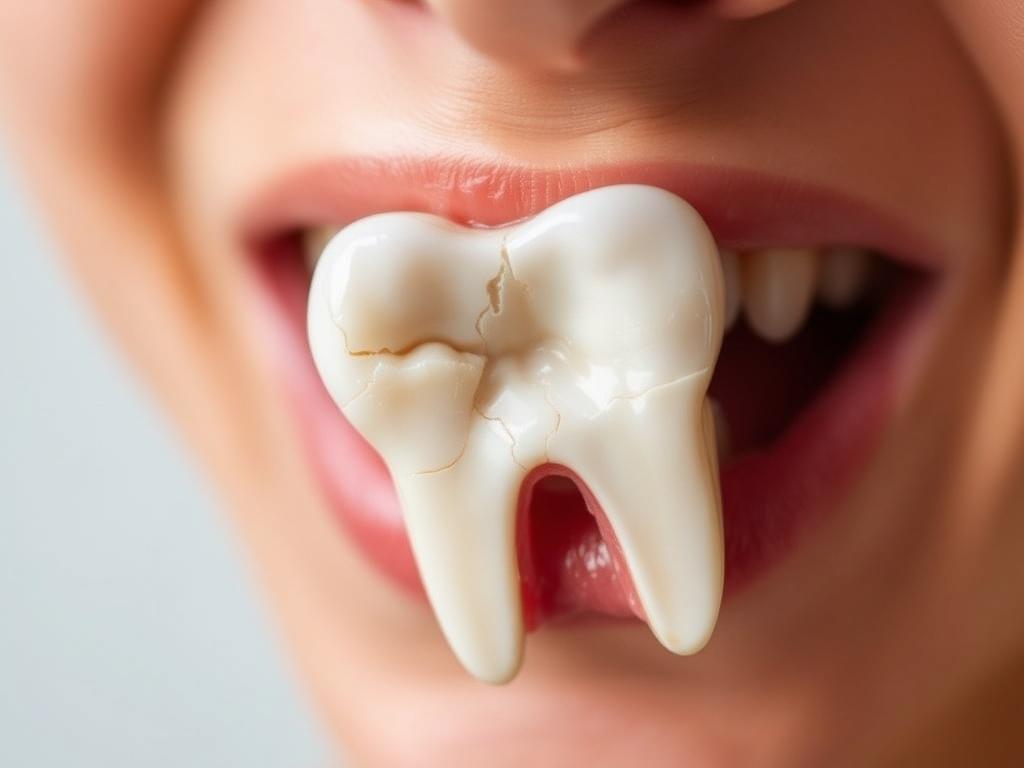
Determining when a cracked tooth requires immediate professional attention is critical. Here’s a quick guide to know when your situation is urgent:
| Symptom or Condition | Urgency Level | Recommended Action |
|---|---|---|
| Severe pain or swelling | High | Visit the emergency dentist immediately |
| Bleeding that won’t stop | High | Seek emergency care right away |
| Loose or displaced tooth | Immediate | Go to the emergency dental clinic |
| Mild sensitivity with no sharp pain | Moderate | Schedule an appointment within 24-48 hours |
| No pain, slight crack visible | Low | See your dentist but no emergency |
Even if the pain lessens or symptoms improve, don’t delay seeing your dentist, as cracks can worsen over time.
Common Causes of a Cracked Tooth
Understanding why cracks happen can help prevent future emergencies. Some of the common causes include:
- Biting down on hard objects like ice, nuts, or bones
- Trauma to the face such as a fall, sports injury, or car accident
- Using teeth as tools to open packages or bottles
- Grinding or clenching teeth (bruxism), especially at night
- Aging teeth that have become brittle or weakened by previous dental work
Not everyone realizes how common cracked teeth are and how often they result from preventable activities. Using protective gear during sports and avoiding hard foods can lower your risk significantly.
Understanding the Different Types of Tooth Cracks
Not all cracks are the same. Dentists classify cracked teeth in several ways, which determine treatment options and urgency:
| Type of Crack | Description | Symptoms | Treatment Options |
|---|---|---|---|
| Craze Lines | Very small, superficial cracks on enamel only | Usually no pain or sensitivity | No treatment needed |
| Fractured Cusp | Break in a piece of the chewing surface | Sensitivity, pain when chewing | Smoothing, crown placement |
| Cracked Tooth | Crack extends from the chewing surface toward the root | Intermittent pain, sensitivity | Bonding, crown, possibly root canal |
| Split Tooth | Complete crack with two separate segments | Severe pain, loose tooth parts | Extraction often needed |
| Vertical Root Fracture | Crack starts at root and extends upward | Often no early symptoms, swelling, infection | Extraction or root treatment |
Knowing these types helps you understand what your dentist might say when examining your cracked tooth.
Preventive Measures to Protect Your Teeth From Cracks
While accidents happen, there’s plenty you can do to protect your teeth from cracking:
- Wear a mouthguard if you play contact sports or grind your teeth at night.
- Avoid chewing on hard items like pens, ice cubes, or hard candy.
- Maintain good oral hygiene to keep your teeth strong and healthy.
- Visit your dentist regularly for checkups and early detection of problems.
- Avoid sudden temperature changes, like drinking ice-cold water immediately after hot beverages.
These simple habits go a long way toward avoiding the need for emergency cracked tooth treatment.
Treatment Options for a Cracked Tooth
What happens after the emergency steps often depends on how deep the crack is and the tooth’s overall health. Some common treatments include:
- Bonding or Filling: For small cracks, your dentist may fill the crack with a resin to protect it.
- Crown Placement: A dental crown covers the cracked tooth, restoring its strength and appearance.
- Root Canal Therapy: If the crack reaches the pulp, a root canal may be necessary to remove infected tissue.
- Extraction: In severe cases where the tooth is split or can’t be saved, removal is the only option.
Early intervention makes less invasive treatments possible and reduces recovery time.
How to Communicate Your Emergency to a Dentist
When you call your dental clinic or arrive in an emergency, it helps to clearly describe your symptoms and what happened. Here’s a quick checklist of information to share:
- When did the crack or injury happen?
- What caused the crack? (Accident, chewing hard food, etc.)
- Are you experiencing pain, and if so, how severe?
- Is there any bleeding or swelling?
- Have you taken any pain relief medication?
- Have you applied any temporary measures like cold compress or dental wax?
This information helps the dental team prioritize and prepare for your treatment.
Managing Pain While Waiting for Dental Care
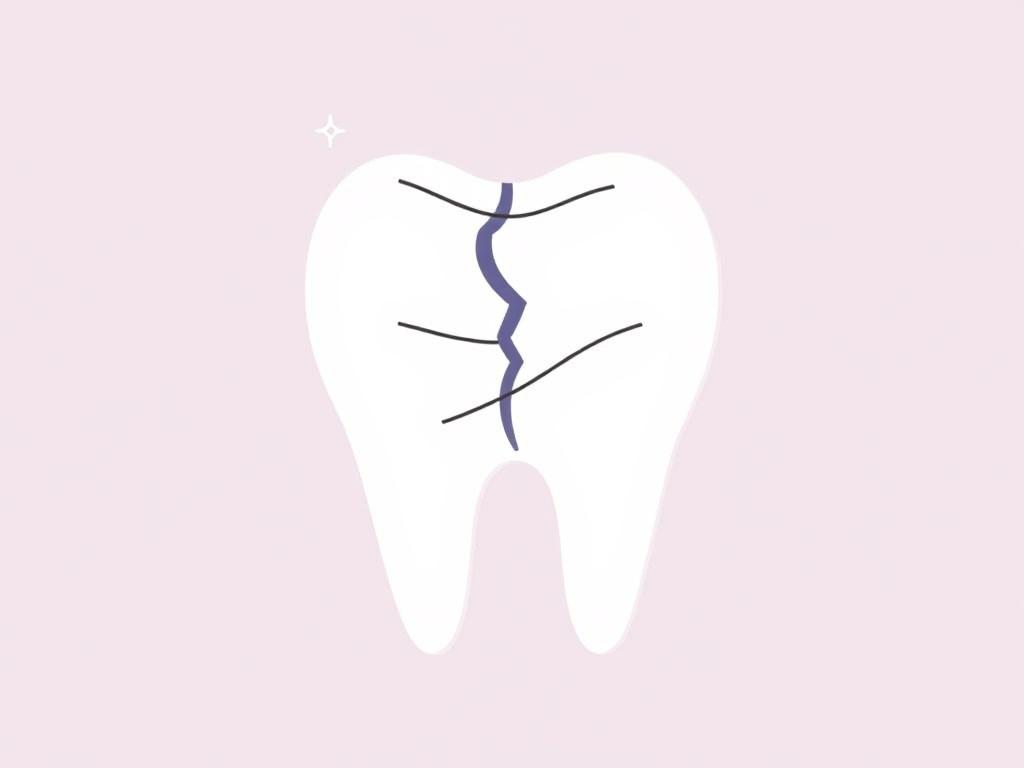
A cracked tooth can cause annoying or even severe pain while you wait for professional care. Besides standard painkillers, some tips can provide relief:
- Eat soft, lukewarm foods and avoid biting hard or chewy items.
- Use a warm saltwater rinse multiple times a day to reduce inflammation.
- Avoid extremely hot or cold drinks which can worsen tooth sensitivity.
- Keep your head elevated while resting to reduce blood flow to your face, which can help control pain and swelling.
Remember: these suggestions are temporary fixes and do not replace professional treatment.
FAQs About Cracked Tooth Emergencies
How long can I wait to see a dentist after getting a cracked tooth?
Ideally, see your dentist within 24 to 48 hours, or sooner if you experience severe pain, swelling, or bleeding. The sooner you get treatment, the better your chances of saving the tooth.
Can a cracked tooth heal on its own?
Unfortunately, teeth can’t heal themselves once cracked. Early dental care is essential to prevent further damage or infection.
Does every crack mean a root canal is needed?
Not necessarily. Some cracks only require bonding or crowns. But if the crack reaches the pulp, root canal therapy is often needed.
What if the cracked tooth causes no pain?
You should still see a dentist. A painless crack can worsen over time, leading to complications later.
Are cracked teeth covered by dental insurance?
Most dental insurance plans cover treatment for cracked teeth, but coverage varies. Check with your provider for details.
The Role of Immediate Home Care in Saving a Cracked Tooth
Your actions in the minutes and hours after cracking a tooth affect not only your comfort but also the final outcome. Keeping the area clean, avoiding further trauma, and seeking prompt dental care are the cornerstones of a successful recovery. Sometimes, a cracked tooth feels minor at first but turns into a major dental problem over weeks or months if neglected.
By combining smart home care with professional treatment, you maximize the chances of preserving your natural tooth and maintaining your smile.
Wrapping It Up: Why Taking Quick Action Matters
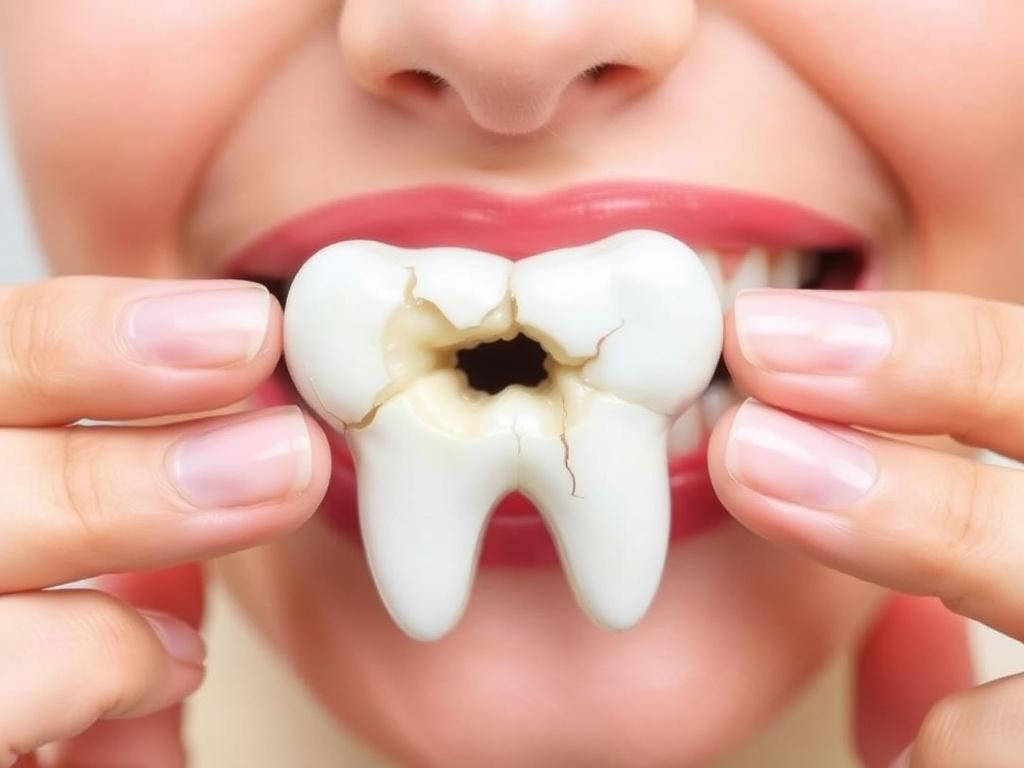
Life is unpredictable, and dental emergencies happen to everyone at some point. A cracked tooth emergency can feel frightening, but knowing the right steps will reduce pain, prevent complications, and improve outcomes. Rinse gently, control bleeding, protect your tooth, avoid chewing on the injured side, and get to your dentist as soon as possible. With prompt care and simple precautions, many cracked teeth can be saved, keeping your smile healthy for years to come.
Conclusion
A cracked tooth is a dental emergency that requires your immediate attention and thoughtful action. Recognizing the symptoms and responding quickly by rinsing your mouth, managing pain, avoiding further damage, and seeking professional care can make all the difference in saving your tooth. Understanding the types of cracks, causes, prevention, and treatment options empowers you to take control of your dental health and reduce the stress of unexpected accidents. Remember, not all cracked teeth are the same, but every cracked tooth deserves care—fast and wise—to keep your smile strong and pain-free.

